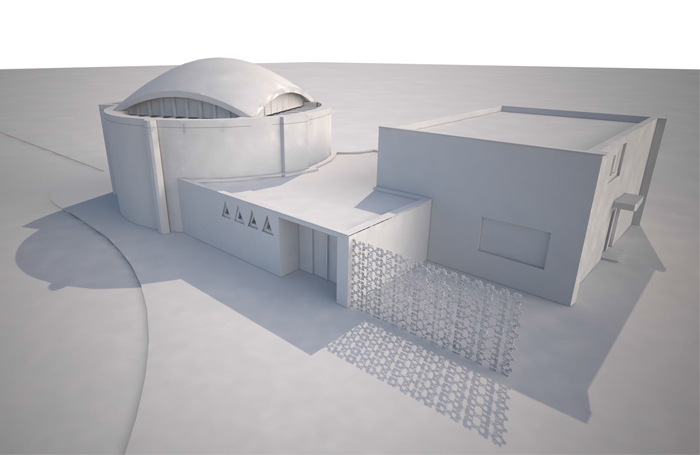An architectural and social history of the mosque in Britain 1889-2017
Shahed Saleem, University of Westminster, School of Architecture and Cities
Awards RIBA President's Awards for Research 2018
Category History & Theory

This research presents the first overview of Muslim architecture in Britain, from the earliest examples in the late 19th century, to the mosques being built today. Key architectural stages are identified and explained alongside the social history of Muslim settlement and growth.
The analysis focuses on the way in which the mosque has adapted into the existing urban fabric of Britain's towns and cities, and how this new building type has then impacted its urban landscape, socially, culturally and architecturally.
The mosque in Britain is historically understudied, so whilst a handful of academic articles exist on individual mosques in Britain, these are generally from a social science viewpoint, and there is no architectural overview.
‘The British Mosque’ is an architectural as well as a social history, and describes the evolution of Britain's Muslim communities through the buildings they have built. By presenting this architectural narrative for the first time, the publication opens up a new field of study of British Islamic architecture.
The architectural story charts a course from the earliest mosques formed from the conversion of houses, to other large scale conversions through to purpose built mosques and with these the emergence of an Islamic architectural expression in Britain.
The mosque is not solely considered in terms of its architectural style, but also from its social history and cultural meaning. The book therefore provides an observation into the character of British Muslim life and practice and how these have been embodied through its buildings.
The future of Islamic architecture in Britain is also considered, and how this will be affected by the growing cultural and social diversification of Britain's Muslim communities.






